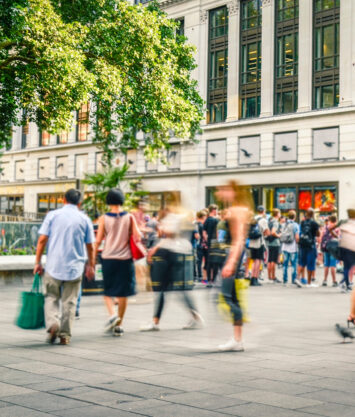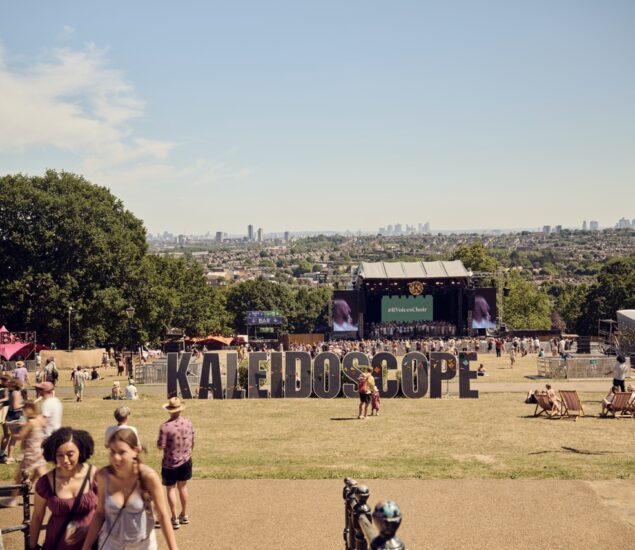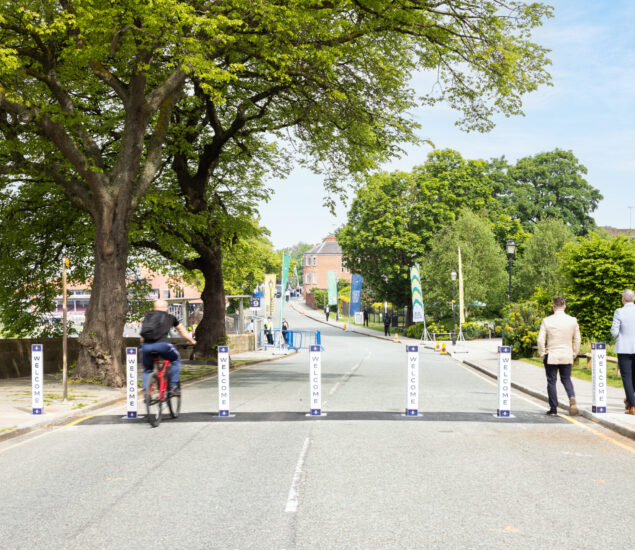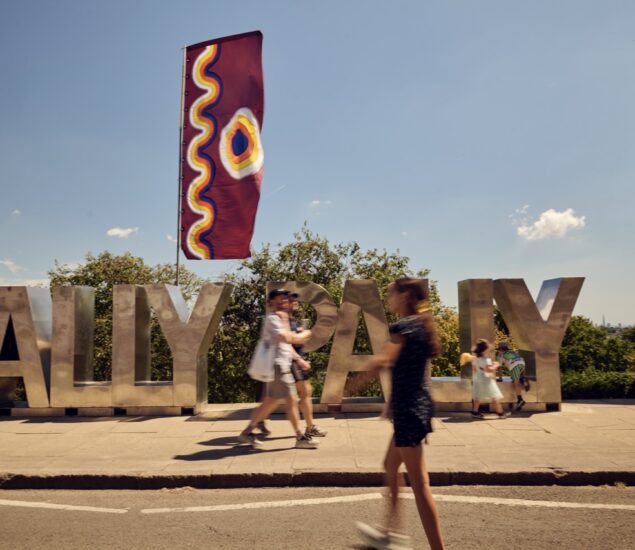Public safety solutions that balance resilience and openness through flexible infrastructure that protects without disrupting public life.
Every city, every venue, every public square faces the same challenge: How do we ensure maximum protection when needed, with minimal intrusion when it’s not?
This question has never been more relevant. As cities around the world respond to evolving security threats – from hostile vehicle attacks to lone actors at public events – the importance of securing public space is undeniable. But equally vital is preserving what makes these spaces public in the first place: openness, beauty, spontaneity, and freedom of movement.
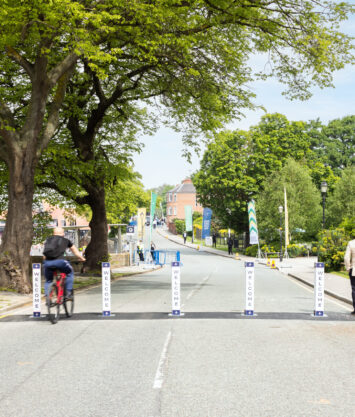
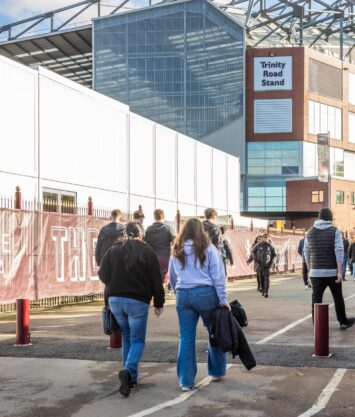
Safety should never feel like lockdown
According to the National Capital Planning Commission (NCPC), security infrastructure must enhance rather than detract from the public realm, and they’re leading early efforts to develop a security approach that does exactly that in Washington DC, USA: preserve the openness of Washington, while enhancing the civic realm.
Urban spaces must be safe and feel safe – not because of fences, barriers or checkpoints, but because they invite natural use, visibility, and community presence.
This philosophy echoes global urban security strategies. Globally, planners speak of “soft” fortification: discreet interventions embedded in landscape design, street furniture, or building edges. Produced and designed according to safety requirements and certifications, such measures offer real protection without dominating the space or limiting the experience.
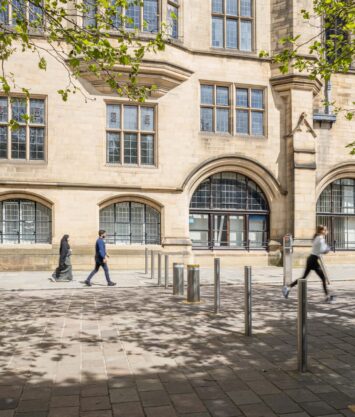
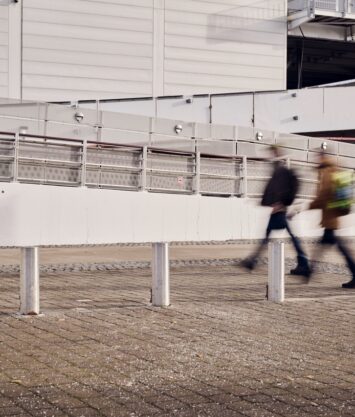
Designing for both presence and absence
This is the paradox we face today: Public spaces must be resilient and ready, but also open and welcoming. We cannot afford to turn public life into a fortress. But we also cannot afford to ignore the risk.
Integrated security offers a third way. It treats safety as a design discipline – not an afterthought. It allows us to dial in the right level of protection for the right moment, and to restore openness when the risk recedes.
Urban resilience research makes one thing clear: when protection becomes permanent and visibly dominant, it risks reshaping how public space functions — even who feels welcome to be there. Security measures shouldn’t alter the identity of a place nor create barriers to inclusion.
Invisible. Flexible. Trusted.
At Unafor, we believe in security that adapts to context – not the other way around. Our systems protect crowds when needed, without imposing on the fabric of the everyday. Because ultimately, public space should feel like just that: public.
You may never notice our products. And that’s exactly the point.

